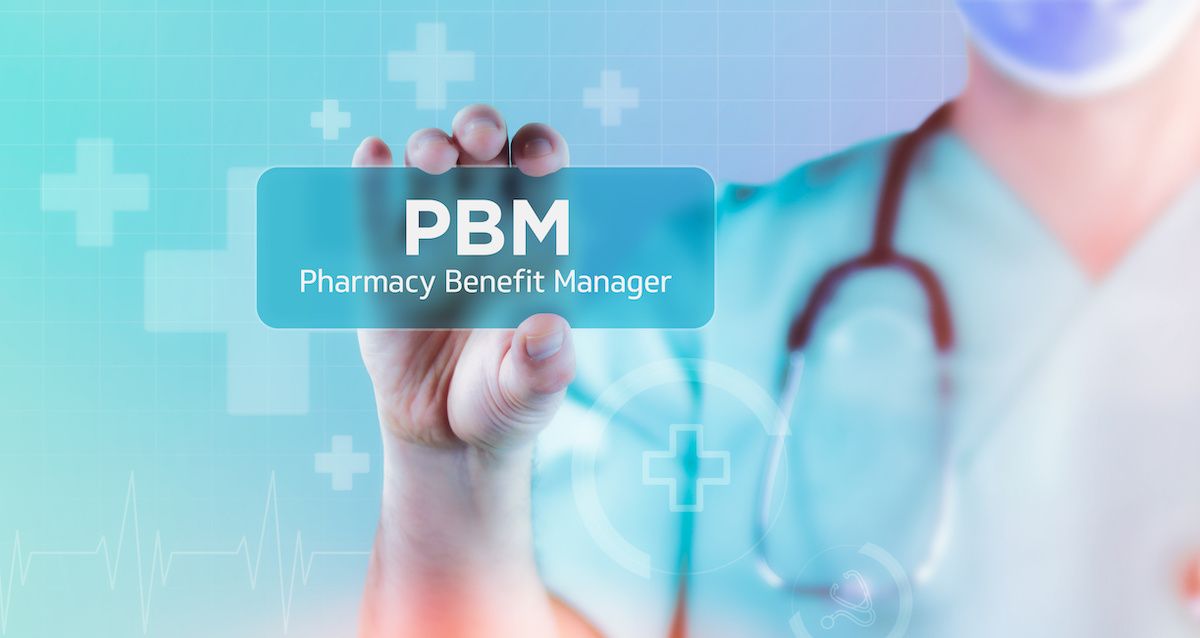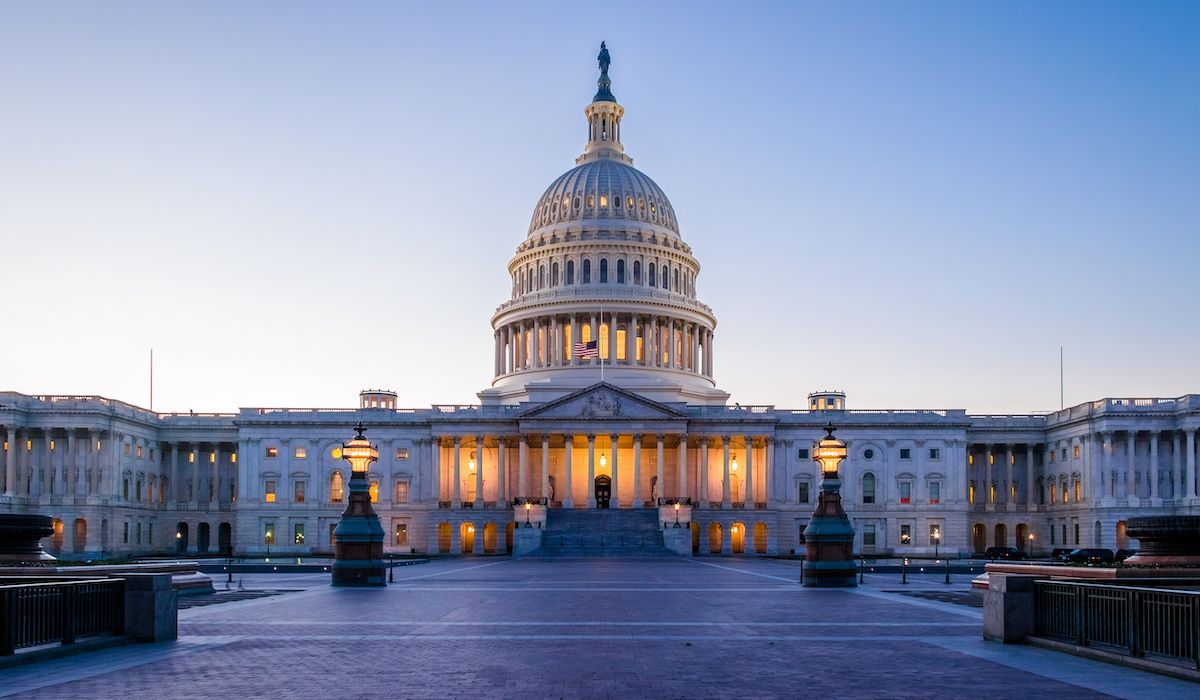Article
Migraines in the US Are More Than Just a Pain Problem
Author(s):
Migraine is a chronic illness, but many people, including both patients and healthcare providers­, don’t think of it that way, said Richard G. Wenzel, PharmD, CPPS, speaking at the Academy of Managed Care Pharmacy’s Managed Care & Specialty Pharmacy Annual Meeting held April 23-26, in Boston, Massachusetts.
Migraine is a chronic illness, but many people, including both patients and healthcare providers­, don’t think of it that way, said Richard G. Wenzel, PharmD, CPPS, speaking at the Academy of Managed Care Pharmacy’s Managed Care & Specialty Pharmacy Annual Meeting held April 23-26, in Boston, Massachusetts. Wenzel presented about “Migraine—More Than Just a Headache: Exploring the Burden, Management, and Costs” at the Science and Innovation Product Theater, sponsored by Amgen.
“You don’t get migraines, you have migraines,” Wenzel said he tells his patients. Wenzel, a clinical pharmacist at the Diamond Headache Clinic Inpatient Unit in Chicago, Illinois, equates it to a chronic illness like diabetes.
“It’s not just an attack, it’s an event,” he said. “People forget about it until they get their next attack.”
He described migraines as a “hyperexcitability of the brain” to lights and sounds, things that normally are not painful.
Only a minority of people experience an aura after the feeling begins that a migraine is starting. After the attack begins and ends, the patient may report feeling wiped out.
A migraine involves the trigeminal nucleus caudalis and trigenemial nerves, causing swelling in the trigeminovascular system. The pain comes from the terminal end of neurons. During an attack, there is a release of vasoactive peptides, including calcitonin gene-related peptides (CGRPs). The FDA is expected to approve a new class of migraine drugs called CGRP blockers for the treatment of migraines this year.
Thirty two million Americans are affected by migraines, and women are affected 3 times more than men. Of those 32 million, roughly 10 million experience 4 or more headache days per month.
The problem, Wenzel said, is that the peak prevalence for migraines affects people in their prime working years, who can’t easily take a day or two off of work every month to stay home sick.
Wenzel said migraine is an issue of functionality, less so than of pain; thus, treatment should emphasize restoring patients to function. Using opioids for pain management in migraines is not recommended, he said. Nonpharmacological treatments can be tried first.
Just over half of patients are being treated by their primary care provider (PCP), although Wenzel said most PCPs do not receive any training on migraines. About half of people with migraines have not been properly diagnosed.
Migraines are the fifth leading cause of emergency department visits and the third leading cause for women, he said.
About 2% of people move from episodic migraines to chonic—there may be changes in the brain happening, or it may come from subpar treatment, overuse of medication, or lifestyle issues, such as stress. However, Wenzel was careful to clarify that stress does not cause migraines, but rather that stress will make migraines worse.
Many people with migraines also have other chronic health conditions, he said.
“It’s rare that you have migraines and nothing else,” he said. Many patients may also suffer from depression, chronic pain, and anxiety.
Ideally, every patient with migraine will have both an acute relief medication and a preventive medication in their arsenal to fight back against migraine. Preventive medications can come in 3 forms—preemptive, short-term, and maintenance therapies.
One issue, however, is that many patients who might benefit from preventive therapy do not receive it. One hypothetical case posited that a managed care plan with 1 million members would have 9000 eligible people who could be eligible for preventive therapy.
One of the issues with preventive drugs—antiseizure drugs and antidepressants—is that they may come with side effects that some adults, especially women, may find objectionable unless their migraine attacks are severe, Wenzel said. These include drowsiness, low libido, and weight gain.
Beyond that, patients need proper follow-up for migraine, he said.

The Importance of Examining and Preventing Atrial Fibrillation




